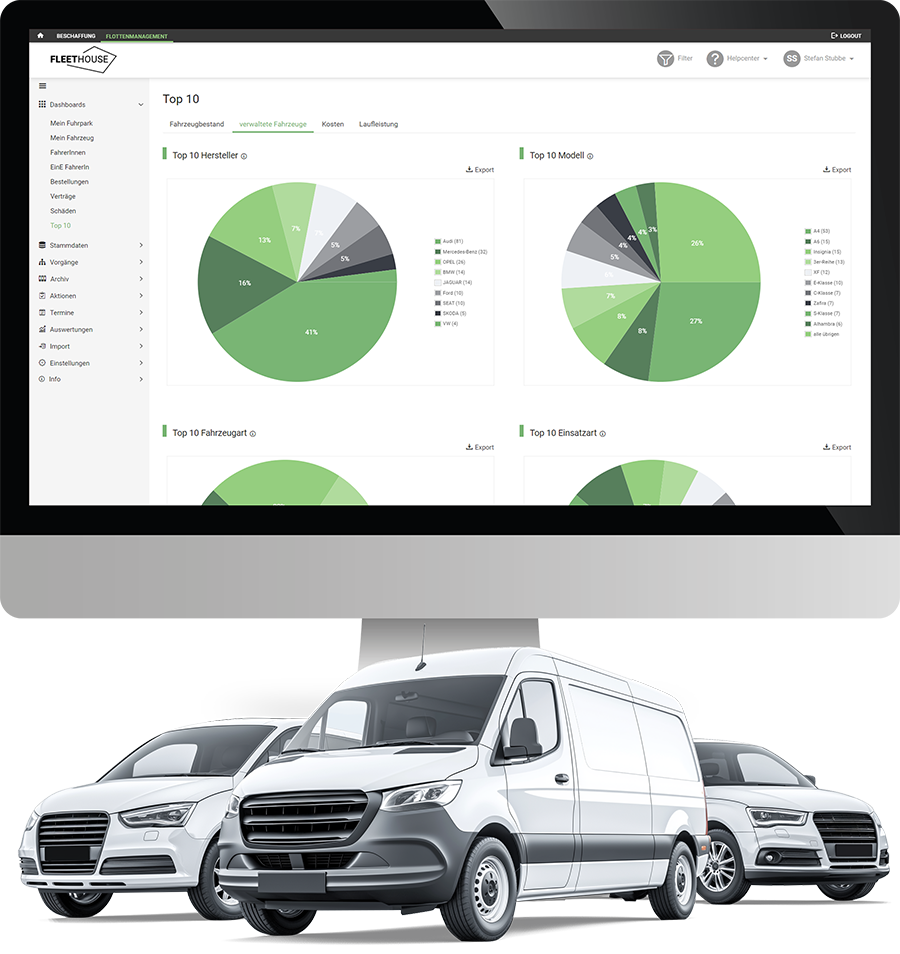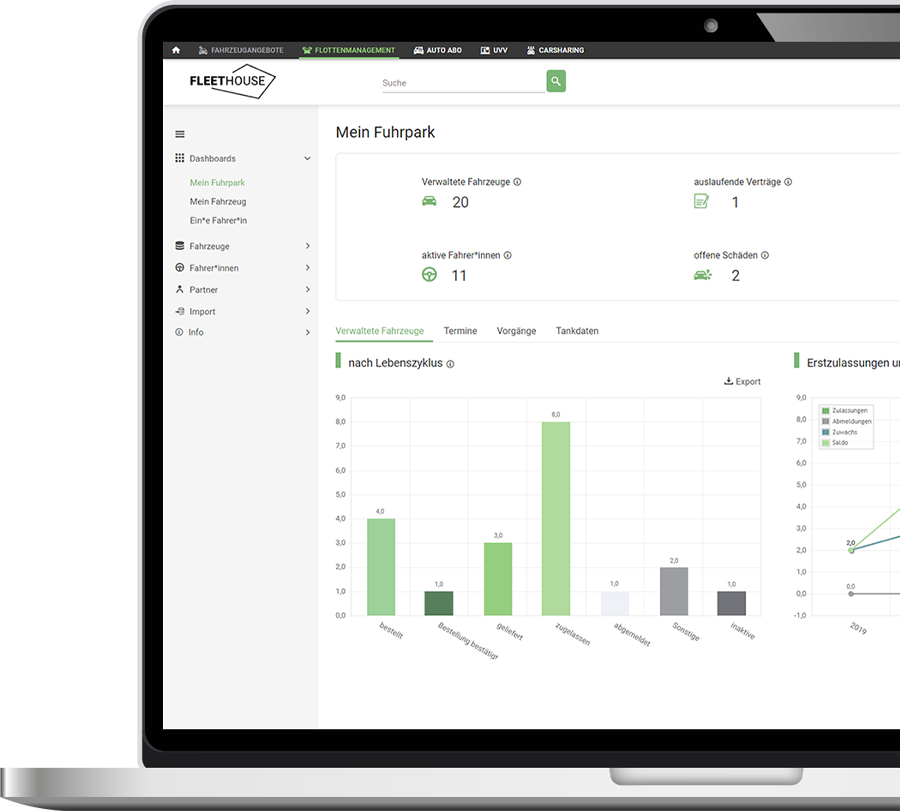If it turns out at the end of the contract that additional kilometers have been incurred during leasing, this can quickly become expensive. The mileage limit plays a decisive role in many leasing contracts, as it determines the maximum mileage during the term of the contract. Depending on the individual agreements of a leasing contract, additional kilometers can lead to an additional financial burden. We explain what excess mileage and reduced mileage mean when leasing and what tips you can use to avoid additional costs.
Contents
Leasing kilometers specified in the contract
With mileage leasing, the mileage limit is a contractually stipulated component. This specifies a maximum number of kilometers that the lessee may cover with the vehicle during the term of the contract without incurring additional costs. This kilometer limit is determined at the beginning of the contract in consultation between the lessor and the lessee.
When concluding a leasing contract with mileage leasing, it is advisable to realistically estimate the expected annual mileage. The usual driving habits, such as commuting to work, planned trips and other regular journeys, should be taken into account. It is advisable to allow for a certain margin to allow for unforeseen kilometers. It should also be checked whether the contract allows the mileage limit to be adjusted during the contract term in order to adapt it to the actual mileage.

Car subscription instead of leasing
You don’t want to lease after all? How about a car subscription?
The all-round carefree mobility package with short delivery times, a bundled rate and free delivery to the address of your choice.
Multi-kilometer leasing: What exactly does that mean?
Excess mileage in leasing arises if the lessee has driven more kilometers with the leased vehicle during the term of the contract than agreed in the leasing contract. The specific mileage is specified in the contract and may vary depending on the contract. For each additional kilometer, the lessee may be charged an additional fee, which is usually specified as a fixed amount per additional kilometer.
If you drive more kilometers than agreed in the contract, you must pay for the additional kilometers when you return the vehicle.
Excess mileage when leasing can lead to additional costs for the lessee at the end of the leasing term. The following measures can help to avoid this:
- the shortening or restriction of the route
- the use of public transport for shorter distances
- early adjustment of the mileage limit in the leasing contract (if possible)
Low mileage leasing: what is it?
If the mileage at the end of the contract term is below the contractually agreed mileage limit, this is referred to as low mileage leasing. In contrast to excess mileage leasing, which can lead to additional costs, lessees receive a reimbursement if there is a shortfall in mileage.
Some leasing contracts provide for lessees to be reimbursed for unused kilometers. The amount of the reimbursement is usually specified in the contract. As a rule, the amount is a few cents per kilometer not driven.
If you drive fewer kilometers than stipulated in the contract, you will receive a refund for the unused kilometers when you return the vehicle.
Leasing allowance: additional and reduced mileage
A mileage allowance of 2,500 kilometers is usually set for mileage leasing contracts. If you drive more kilometers, you can drive these kilometers more without having to expect an additional payment. An allowance of 2,500 km often also applies for mileage reductions, up to which no compensation is paid.

Leasing additional kilometer calculator: check kilometers driven
A regular check of the mileage and extrapolation up to the end of the leasing contract is important in order to find out whether additional costs could be incurred. To do this, the kilometers already driven are considered, divided by the age of the vehicle and this figure is multiplied by the total leasing period in months.
Example:
- Leasing term: 36 months
- Total mileage: 70,000 km
- Current kilometers driven: 40,000 km
- Age of the vehicle: 18 months
Invoice:
40,000 km : 18 months x 36 months = 80,000 km
The difference between 70,000 km and 80,000 km is 10,000 km.
This means that the expected actual mileage is 10,000 km higher than the contractually agreed mileage limit and can therefore lead to additional costs for the lessee.
Calculate leasing additional kilometers
If the contractually agreed mileage is exceeded, most lessors grant a goodwill allowance of between 2000 and 3000 kilometers. If the number of additional kilometers is below this limit, no additional charge will be made.
If the excess mileage exceeds the allowance, lessors charge an average of between 5 and 30 cents per excess kilometer driven. The amount of the additional payment depends on the individually agreed conditions.
Fleet management software as support
Fleet management software can also be of great benefit when it comes to leasing. The software supports the documentation and management of the various leasing contracts. This makes it possible to see which contracts are expiring or where the actual mileage does not match the contract. Appropriate measures can then be taken to avoid additional costs in the long term.
The software for your fleet
Manage all tasks relating to your vehicles and keep an eye on all leasing contracts.

The most important information on the topic: Excess mileage and reduced mileage when leasing
A realistic assessment of the mileage limit and the avoidance of excess mileage are crucial to prevent additional costs in the leasing contract.
Lessees can receive a refund in the event of reduced mileage.
A close review of contract terms, mileage reimbursement policies and flexibility in adjusting mileage limits is important to minimize potential financial impact.
Further Fleet Knowledge
If you liked this article and would like to know more about this topic, we recommend these articles.

Leasing return with damage: advice for fleet managers




